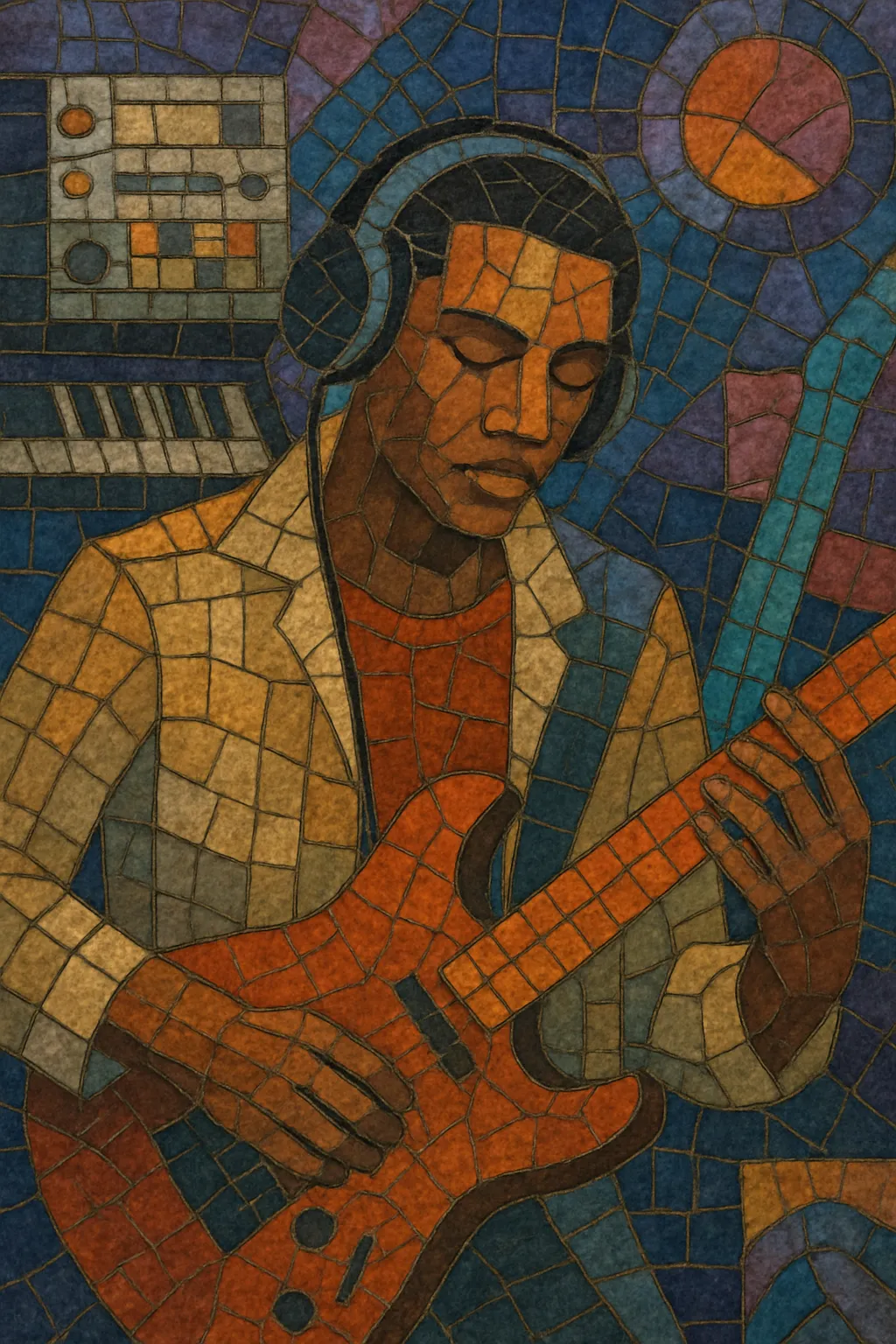Post-disco emerged at the turn of the 1980s as club music adapted to the backlash against late-1970s disco. It kept disco’s dance-floor focus but pared down the orchestral lushness, replacing strings and large horn sections with drum machines, synthesizers, and tighter funk- and soul-informed grooves.
The style favors mid-tempo, bass-forward rhythms (often around 105–120 BPM), crisp handclaps, syncopated rhythm guitar, and glossy keyboard textures. It served as a bridge between classic disco and later developments like boogie, electro-funk, house, freestyle, and dance-pop, defining the sonic palette of early 1980s urban contemporary R&B.
Post-disco took shape in the immediate aftermath of the disco backlash (symbolized by 1979’s “Disco Demolition Night”). Club DJs and producers in the United States—especially New York—streamlined disco’s arrangements for smaller budgets and changing tastes. Labels such as Prelude, West End, and Salsoul nurtured a sound that retained the four-on-the-floor drive but embraced drum machines (Linn LM-1, Roland TR-808), early polyphonic synths (Prophet-5, Jupiter-8), and funkier, more syncopated basslines. Venues like the Paradise Garage and DJs such as Larry Levan popularized extended 12-inch mixes with breakdowns, dubs, and long intros tailored for the dance floor.
As strings and large horn sections receded, sleek keyboard pads, electric piano, and rhythm guitar “chanks” became hallmarks. The era’s “boogie” records—essentially a subset of post-disco—featured slap bass or synth bass, glossy harmonies, and romantic/party-oriented themes. Producers like Kashif and Leon Sylvers III helped define the sound for artists who crossed R&B, club, and pop charts, aligning with the growing urban contemporary radio format.
Electronic production pushed post-disco toward electro-funk and electro, while New York and Chicago club scenes transformed its drum-machine pulse into house. The precise claps, punchy kicks, and extended arrangements of post-disco provided the blueprint for early house (Chicago house, garage) and, in parallel, for Latin-influenced freestyle in New York. By the mid-1980s, dance-pop and new jack swing had absorbed post-disco’s studio sheen and rhythmic sensibilities.
Post-disco is the connective tissue between 1970s disco and much of modern dance and R&B. Its influence is audible in house, freestyle, dance-pop, electro-funk, and contemporary R&B production values. The sound continues to resurface via boogie revivals, disco edits, and the enduring club culture practices it helped codify (12" mixes, breakdowns, and DJ-focused arrangements).


